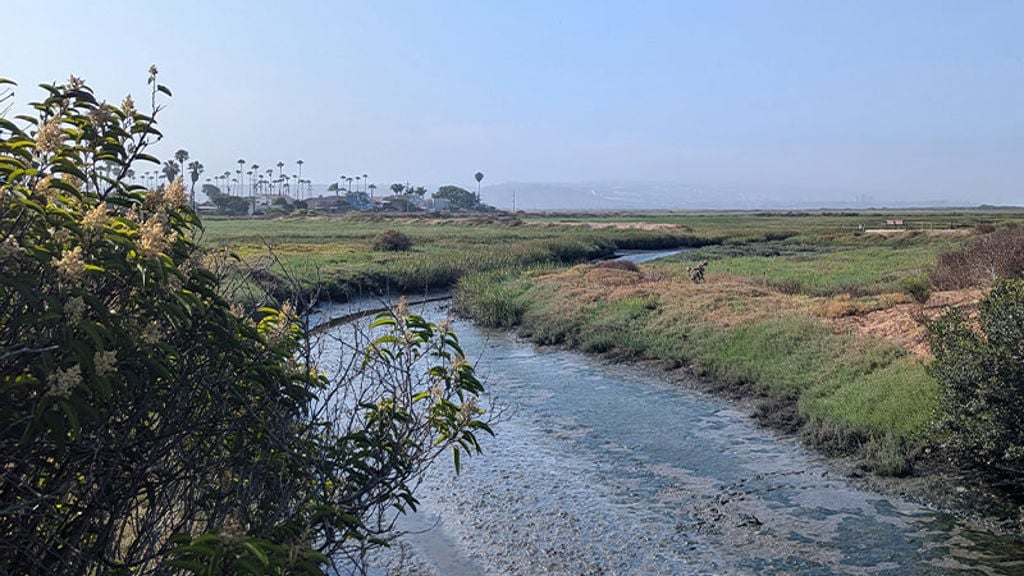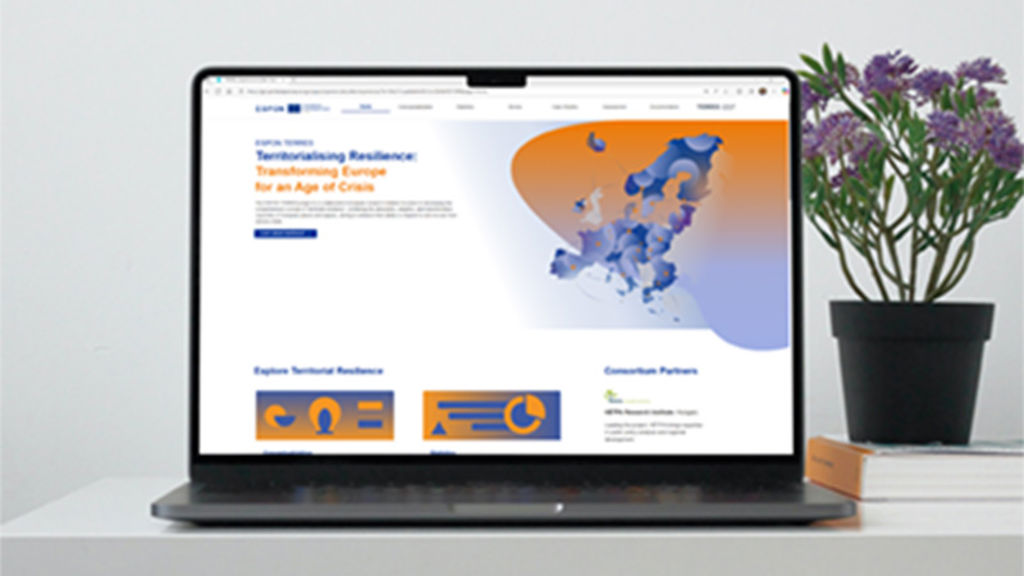Flexibility markets are an exciting, if challenging, innovation for the energy system. A range of new technical, digital and governance structures need to be designed and implemented to make this possible, a priority our energy team has been working hard on.
Funded through the Net Zero Innovation Portfolio (NZIP), the Department for Energy, Security and Net Zero (DESNZ) commissioned the Flex Markets Unlocked competition in 2024. The programme goal is to unlock the potential of Distributed Energy Resources (DERs) – such as battery storage, electric vehicles, smart heating systems, and smart appliances – to provide flexibility to the grid in large volumes.
Set out across two phases – feasibility and then development and demonstration – DESNZ’s aim was to create an accessible, competitive, and diverse marketplace that maximises the potential of DERs across multiple flexibility markets, enabling system-wide standardisation, coordination, and revenue stacking.
Arup in partnership with Energy Systems Catapult, and Electron for Phase 1, and joined by Piclo, GreenSync and the University of Edinburgh in Phase 2, were appointed to develop solutions that would enable a smart and flexible electricity system underpinned by data and digitalisation.
We have developed the enabling infrastructure that can deliver the growth needed to reach 12 GW of flexibility by removing bottlenecks to Flexibility Service Providers (FSP) accessing markets, supporting them in managing their assets, and providing transparency about market performance. It is estimated that reducing administrative burden for FSPs could save £10–£12 million by 2035 and facilitate downstream growth of the ecosystem.
From feasibility to proof-of-concept
In Phase 1, Arup, in partnership with Electron and Energy Systems Catapult, conducted a feasibility study to define and validate a cohesive solution for unlocking the value of distributed, small-scale flexibility. Through extensive stakeholder engagement, the team developed and tested three solutions to address market access, operational efficiency, data visibility, and governance challenges. Using existing technologies we delivered scalable and robust solutions that are adaptable to market changes and future innovations.
At the end of Phase 1, the consortium produced a detailed technical specification and architecture for the proposed solutions, and a final report that outlined key benefits, value, constraints, dependencies, enablers, and an outline enduring governance and business model. Building on this foundation in Phase 2, we built proof-of-concepts for each solution component and demonstrated their functionality. The consortium has delivered workable solutions to the challenges of flexibility markets and demonstrated the potential of an accessible and competitive flexibility marketplace.
Real-world solutions
We played a key role in aligning digital and data expertise with key business and customer needs that the energy market operates on. Our approach led to connected but independent solutions for each challenge:
- Flexify: Supporting market access and driving competition and transparency by enabling broader participation across the flexibility ecosystem.
- Flexibility Data Standards (FDS): Providing transparency and standardisation, supporting information layer interoperability required for scalable data exchange.
- Market Rules Test Bed (MRTB): Ensuring market coordination and enhancing system operators' readiness by providing an analytical test-bed to assess the impact of market rules that underpin the flexibility ecosystem.
Our belief is that these components, when integrated with existing energy sector tools, will improve operational efficiency, and establish a scalable approach for flexibility market development. They set the table for a competitive and transparent marketplace, empowering policymakers to advance a sustainable energy transition while supporting system operators in managing the growing complexity of DERs.







